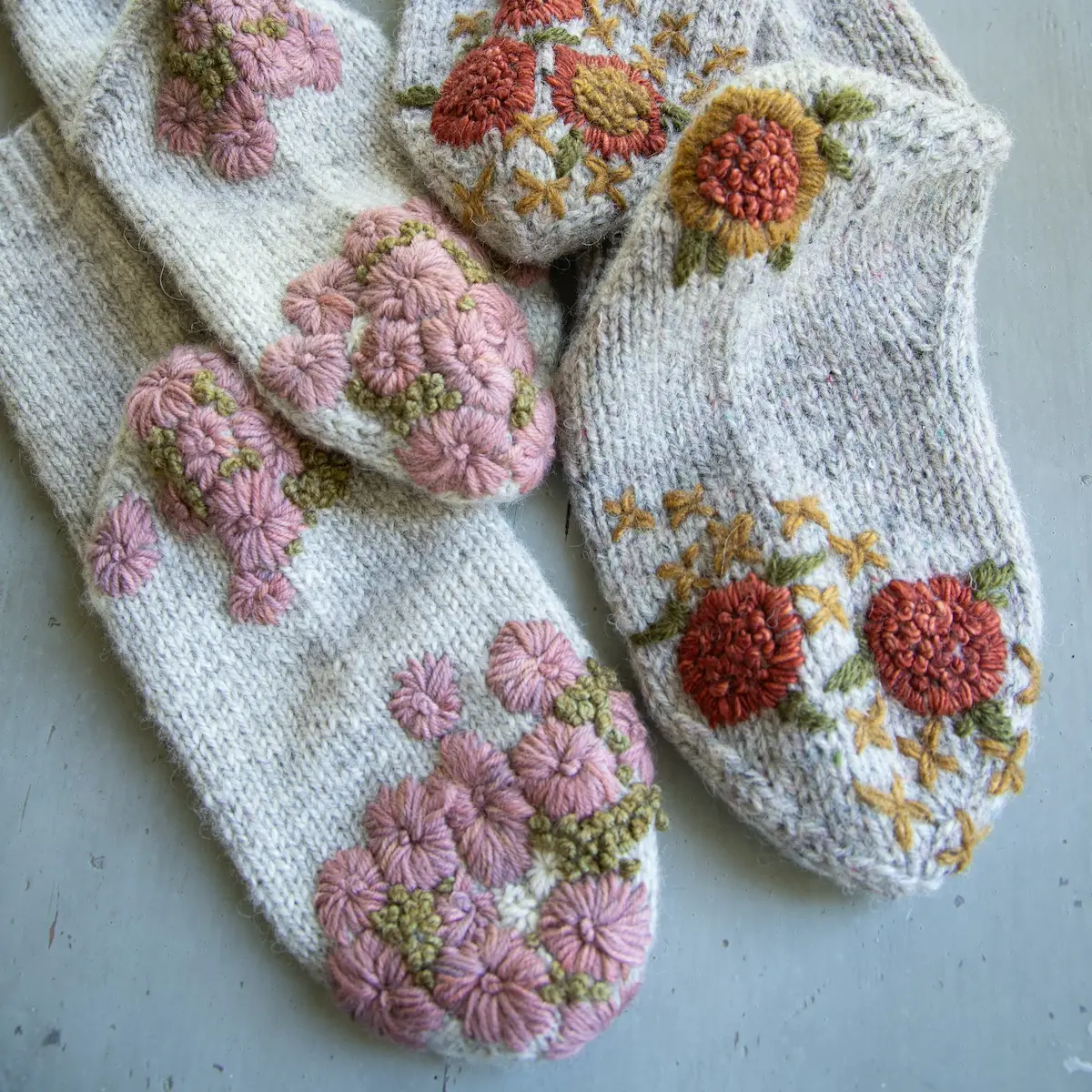Minttu Wikberg has creativity woven into every part of her life—whether she’s designing textiles, illustrating, photographing, or giving new life to worn knits. Her work blends artistry with sustainability, proving that beauty and purpose can go hand in hand.
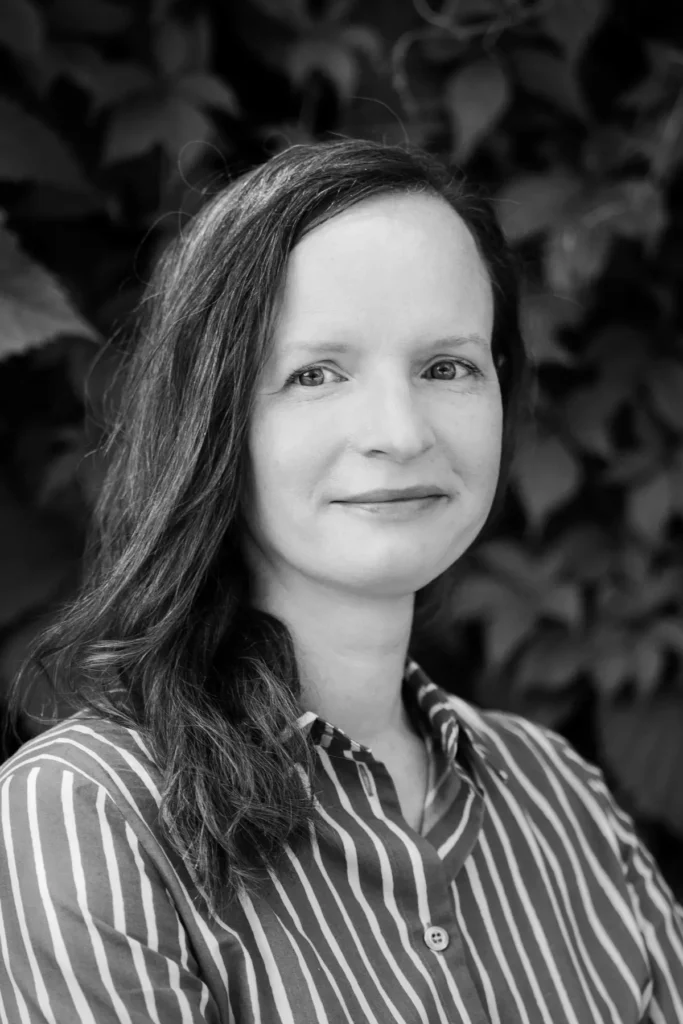
When did you first realize you are a creative person?
I grew up in a household where making and creating and handicrafts were an everyday occurrence, so for me that was the norm. I didn’t have to decide to start doing crafts. My mother was a weaver and a craft teacher, so there was always textile materials surrounding us.
You are a textile designer, illustrator, and photographer of portraits, products, and food. How do all of these creative endeavors influence your daily life?
I love the variety of different creative areas that I can do as work.
As an Amazon Associate I earn from qualifying purchases. Read more about our affiliate linking policy.
I sometimes think that it would probably be better, productivity-wise, to concentrate on one thing, but I think my brain is hooked on learning new skills. There’s no better feeling when you feel you have learned something after many attempts and failures and just stubbornly going for it.
For me, the thing that combines the different mediums is that I love creating visual layouts and compositions, with textures, colours and shapes. The technique just varies.
How does your environment influence your creativity?
My favorite place in the world to be is the forest and outdoors. I love the green moss, the flora and fauna, the quiet, and after a while the sounds.
Exercise usually creates lots of new ideas and in the calm of the forest I find it’s easier to concentrate on my own inner voice and ideas, instead of trying subconsciously to please others and try to figure out what it is they expect me to do.

Mending. Do you search for garments that are looking for love? Or do they find their way to you?
For a few years, when I wanted to learn different mending techniques, I asked family and friends for worn-out knitwear so I could practise. I recently did a book about knitwear mending, called “The Art of Knitwear Repair. For the book, I wanted to interview the people who gave me their knits to be repaired, about their thoughts about the garments, and how they felt after wearing the mended garments.
These days I work in a company offering knitwear repairs, so people bring their knits to be repaired.

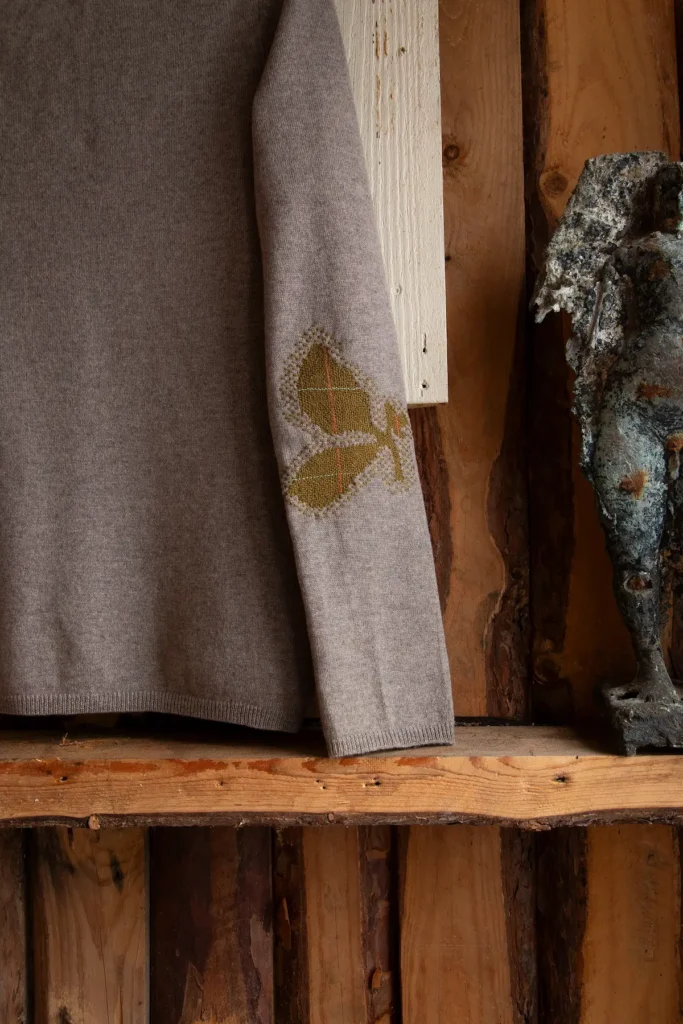
What is one tip you would give readers for mending their garments?
I think the ideology of visible mending is great also if you’re a beginner. It offers creative freedom, the mend does not have to be neat and perfect and invisible, what matters most is that the garment can be used again. You can use whatever technique or mending materials you want.
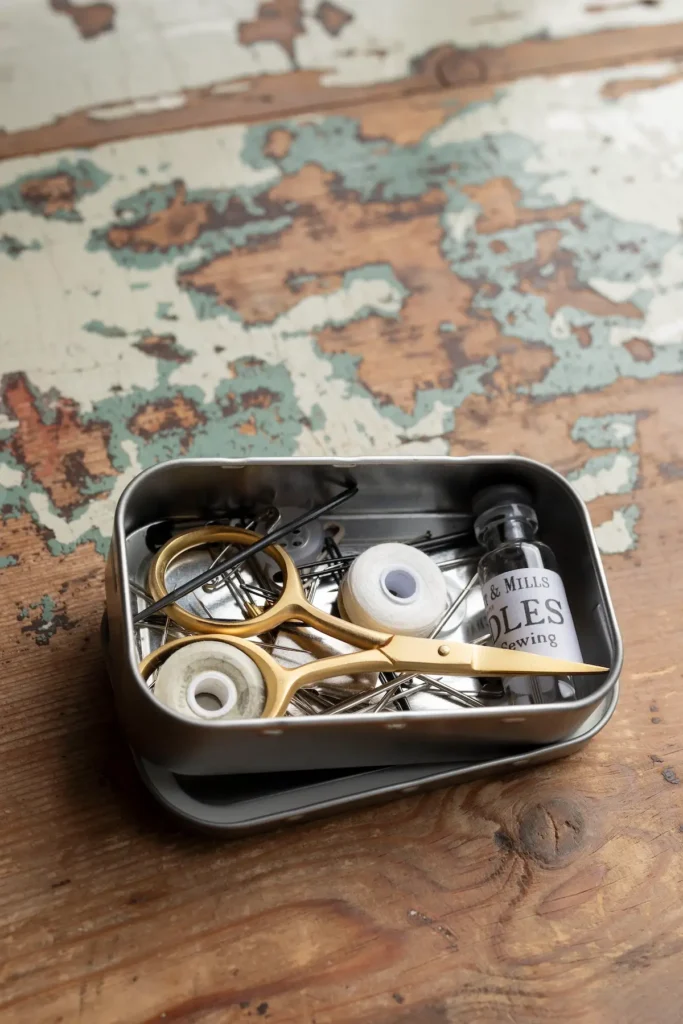
Describe your creative space.
I have a studio with lots of yarn, but mending projects are easy to carry on with you, so I don’t spend all my creative time at the studio.
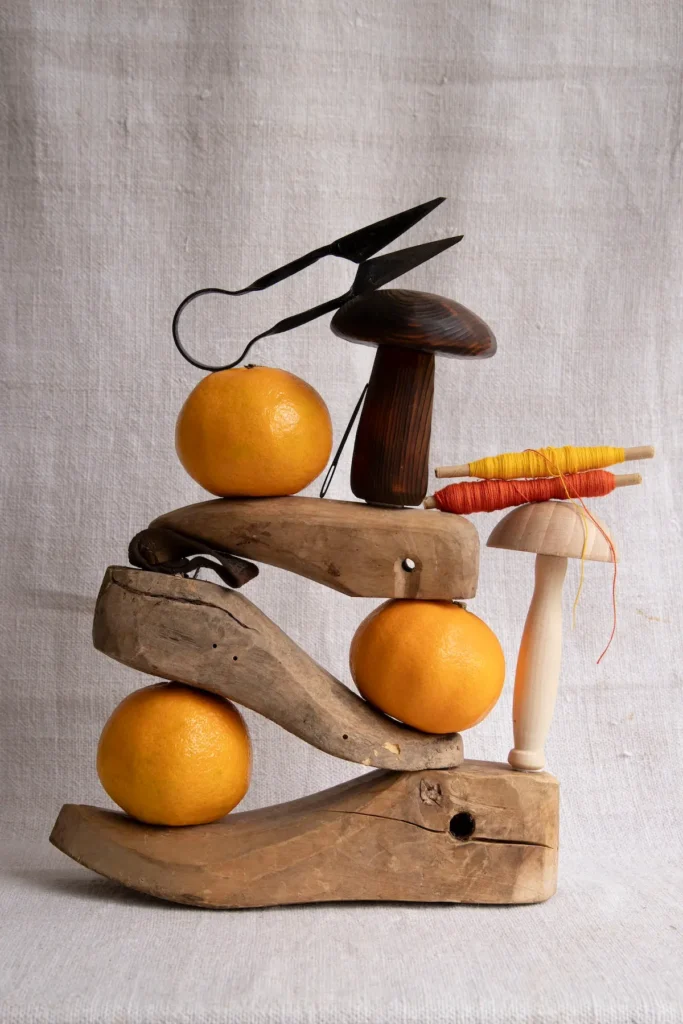
Do you use a sketchbook, journal, or technology to plan or keep track of ideas? How does that help your work develop?
I use a sketchbook and write notes on the phone. I just wish I had time and resources to make all the ideas I have jotted down!
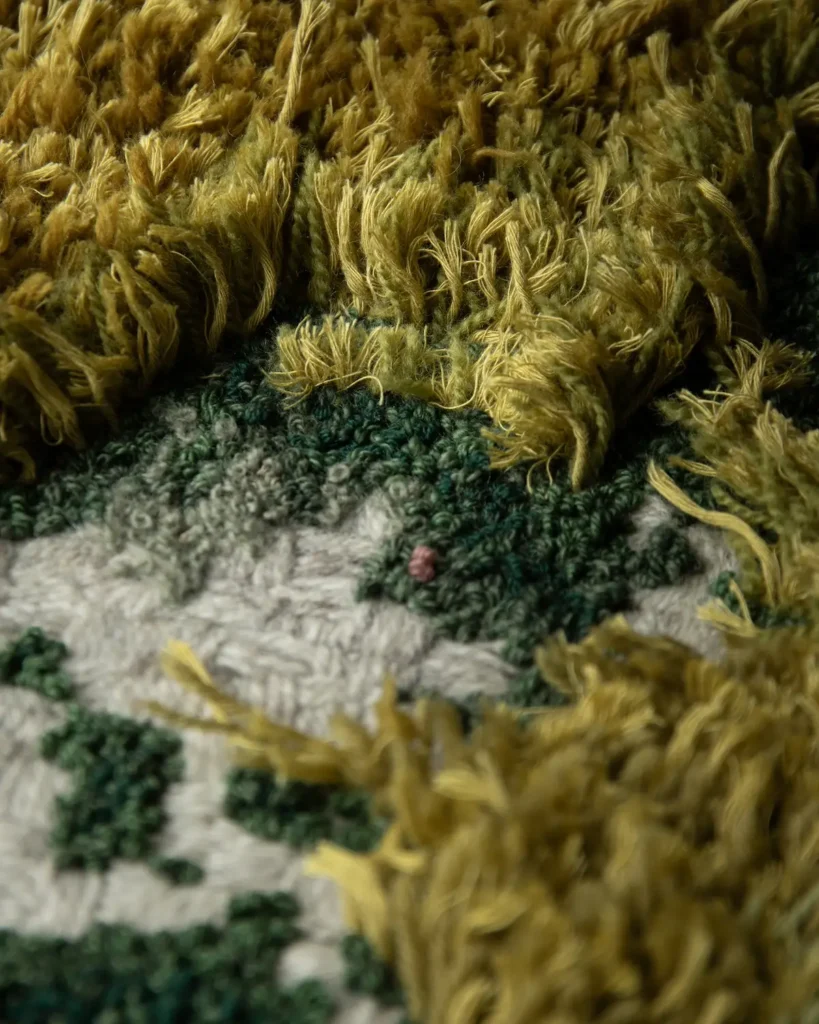
Can you tell us about the inspiration and process of one of your works? How does a new work come about?
My favorite thing to do at the moment is moss mending. I love moss in general, and think it’s an interesting metaphor about how nature mends scratches on the ground by covering them with life and plants. I started making different kinds of little stitches with yarn, to create surfaces, textures, and rhythm on worn-out knitwear. This has the added bonus of needing to go into the woods to look at moss, and what could be better?

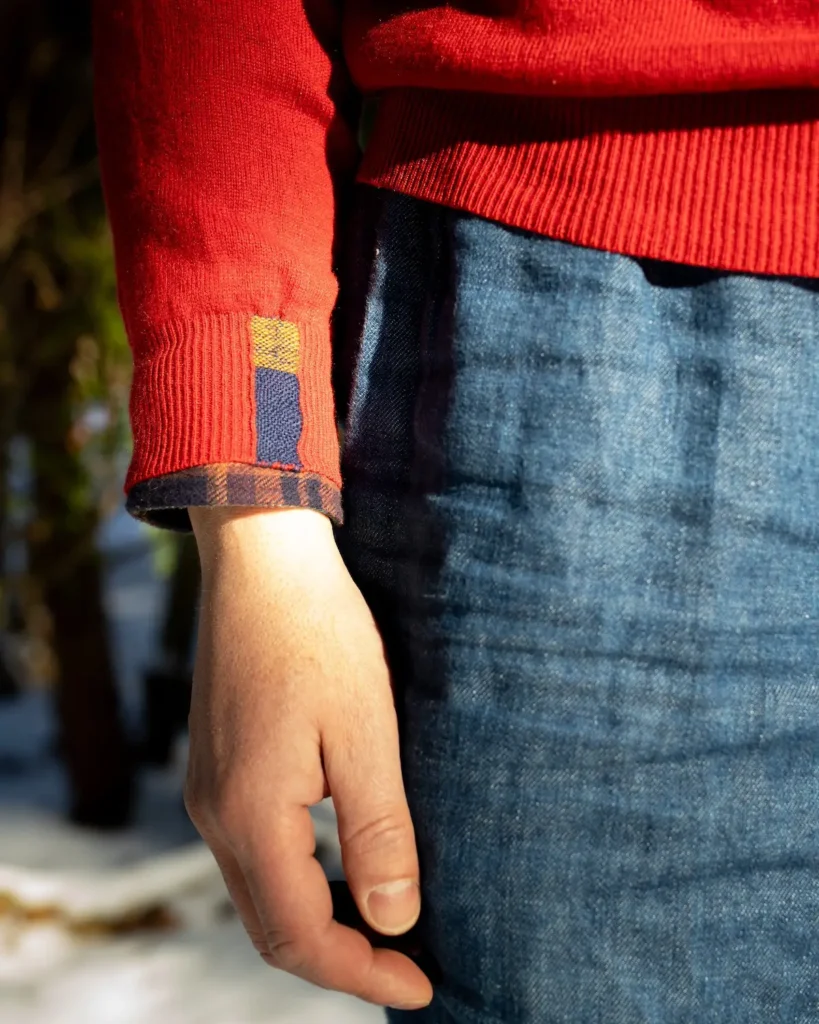
Do you prefer the kind of project that is challenging and requires attention, or the kind where you get in your meditative zone and enjoy the process?
The darning process with repetitive stitches is definitely a chance to find the meditative flow moments. It’s a beautiful feeling, and in our day and age, with constant disruptions, it’s something everyone should experience. It’s also one of the reasons why I would recommend trying mending, to have a chance of feeling that.

Is there an overarching theme that connects all of your work?
Definitely the ecological aspect of mending the textiles we already own and keeping them in circulation for as long as possible instead of buying new. I love and value the textile material so much that I can’t bear the thought of throwing any away.

Do you think that creativity is part of human nature or is it something that must be nurtured and learned?
I think we are a creative species, that’s how we have evolved through centuries, by wanting to make something, by trial and error and not giving up.
These days, with the living standard already so high, our lives don’t usually hang on the need for new creations, so it gives us a different kind of satisfaction. But to feel the need to do it free-willingly to me proves that it is almost a basic human need.
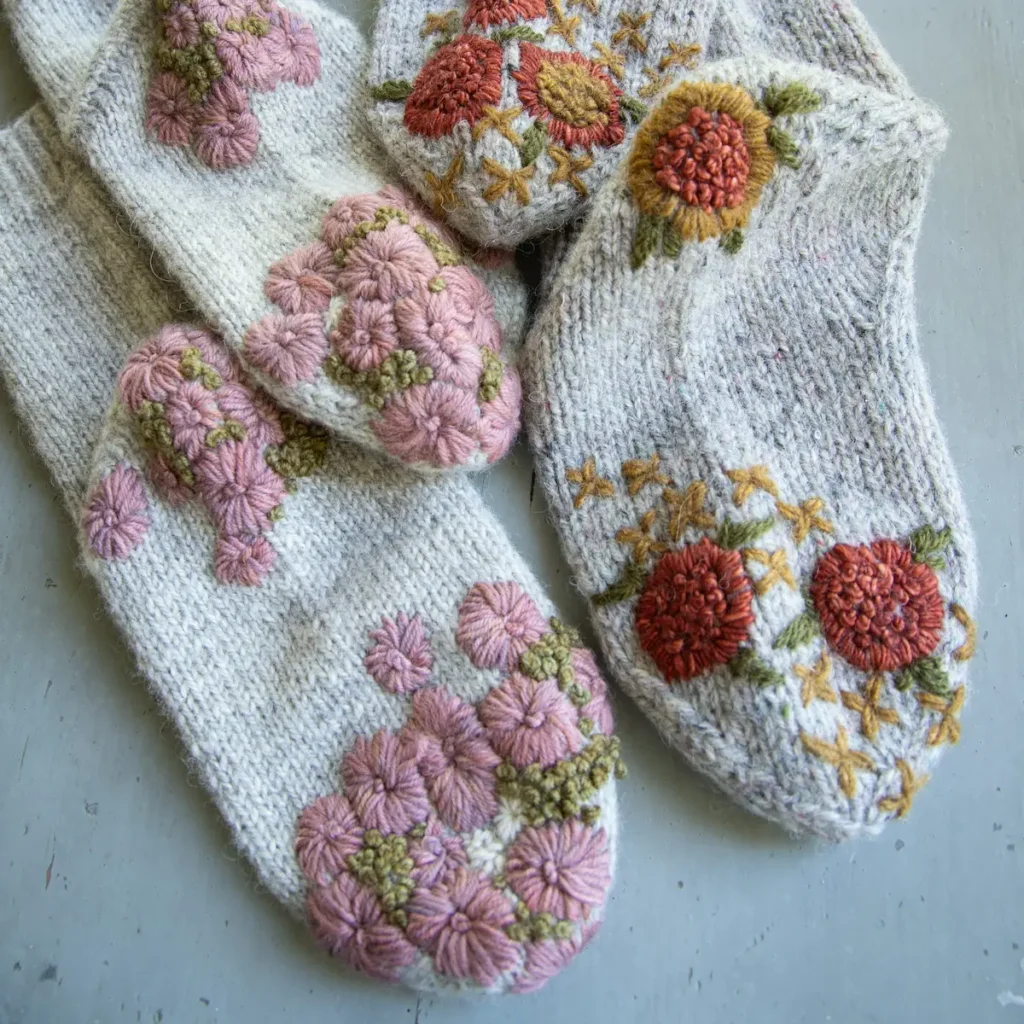


Where can people see your work?
My work has been shown on exhibitions, the next one in Wien, Austria, re:pair exhibion 13. – 31.10.2025 https://repair-festival.wien/ausstellungen/
Easiest way to view my work is probably my instagram account @pawlymade, or website www.pawlymade.com
Interview posted September 2025
Browse through more inspiring interviews on Create Whimsy.

